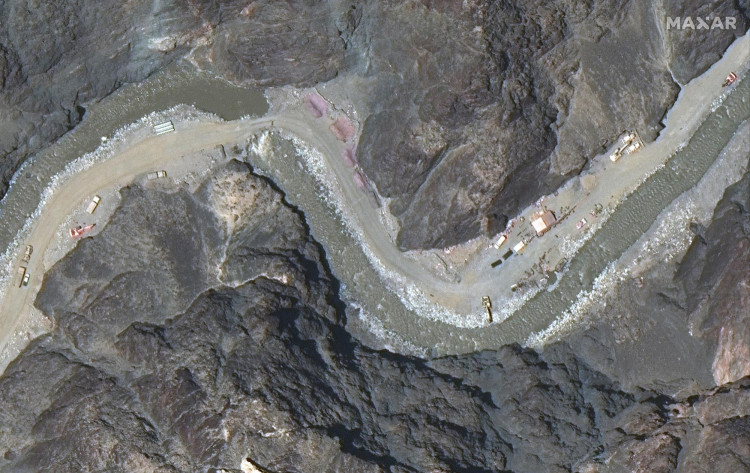China and India have made significant progress in their latest negotiations over a long-running border conflict that turned deadly last month, a Chinese spokesperson disclosed on Wednesday.
Top military officials from both sides conducted their fourth round of discussions Tuesday, a month after brutal fighting between their troops in the Galwan Valley, where India is constructing a strategic route that links the area with an airstrip near China.
India claimed that during that clash, 20 of its soldiers were killed and that there were also casualties on China's side. China has not reported any casualties.
After the two superpowers' day-long meeting, a former Chinese official said the talks may continue for months as the two countries remain at odds on sensitive matters.
Chinese Maj. Gen. Liu Jin, commander of the South Xinjiang Military Region, and India's Lt. Gen. Harinder Singh, commander of Leh-based 14 Corps, started their meeting in Chushul, Ladakh on Tuesday morning and did not end until late in the evening, Indian media reports disclosed.
Chinese Foreign Ministry spokeswoman Hua Chunying on Wednesday stated that based on the three rounds of discussions earlier, the two countries made further progress in taking effective steps to disengage their frontline forces and ease border tension.
Last week, India's external affairs official, Subrahmanyam Jaishankar, announced that Chinese and Indian soldiers were disengaging from the standoff along the two sides' undemarcated boundary.
According to Jaishankar, it was very much a work in progress, adding that both countries agreed on the need to disengage because military personnel has been stationed very close to each other.
The disputed border, called the Line of Actual Control, covers roughly 3,500 kilometers (2,175 miles) of frontier and stretches from Ladakh in the north to the Indian state of Sikkim in the north-east.
Territorial confrontations in three areas that cover 120,000 square kilometers (46,300 square miles) triggered a border dispute between the two nations in 1962, and there have been disagreements and occasional discord in the ensuing years since.
Talks to ease the discord occurred on June 6, but while top military officials agreed to alleviate frictions, the situation quickly worsened after the fatal encounter nine days later, which led to both countries sending in reinforcements.
Meanwhile, satellite photos released by Western communications groups show that China and India have since withdrawn their soldiers from the border, establishing a de facto buffer region at the heart of the Galwan Valley. Based on Indian media accounts, similar buffer zones had been set up in the Gorga and Hot Springs areas on the border.






